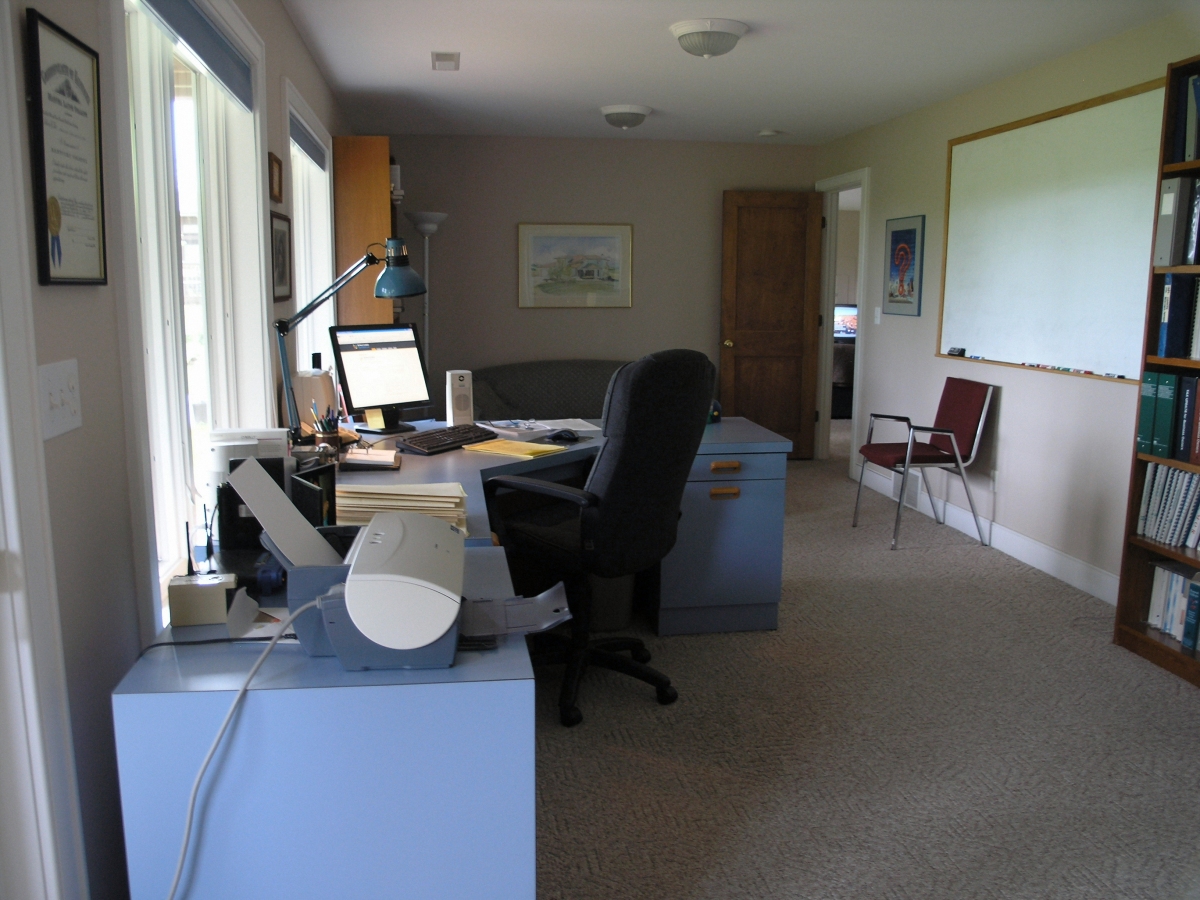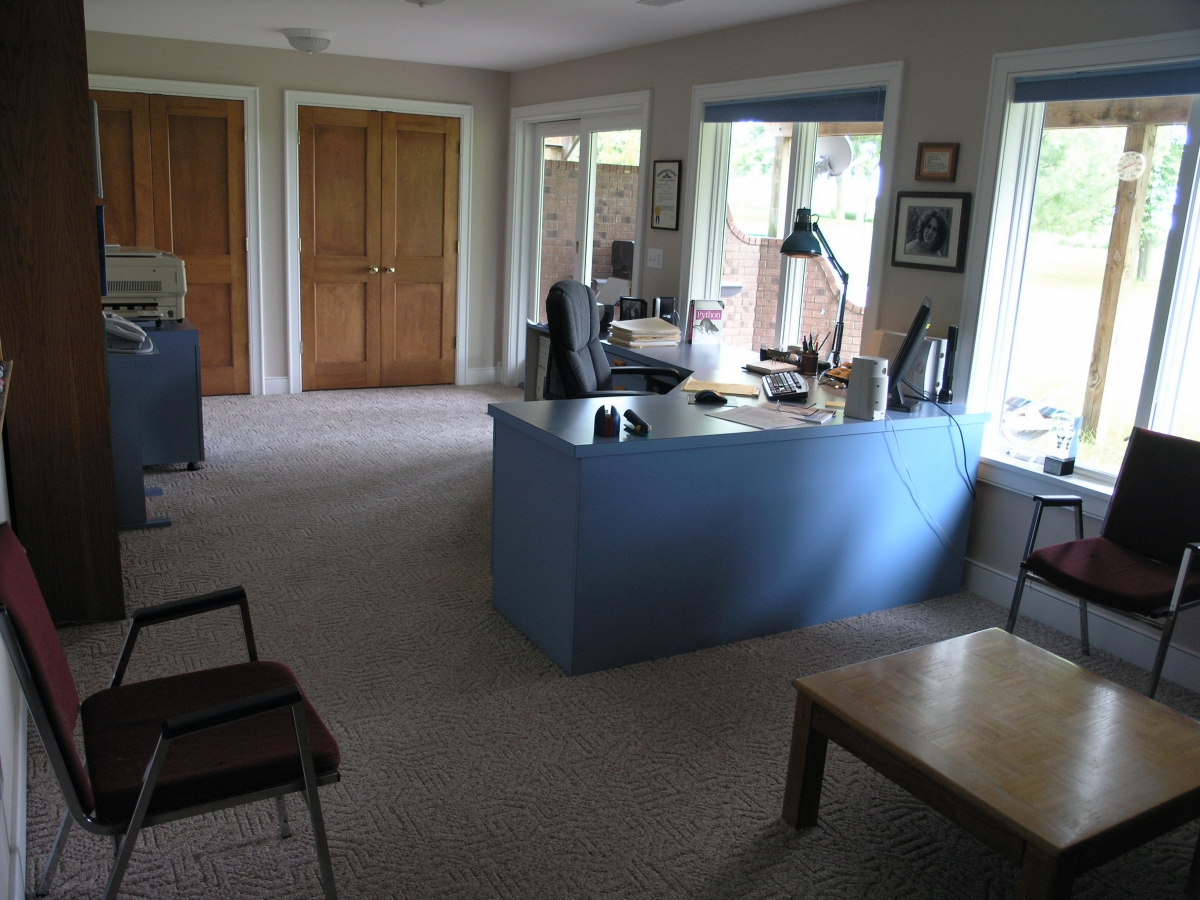 It’s Worked for Me, But is Not for Everyone
It’s Worked for Me, But is Not for Everyone
It sometimes hits me that I have been ‘telecommuting’ for the great majority of my professional life. I began telecommuting, or telework, in May 1989. That is thirty years ago. My second child was about to be born, and we were anxious to move our family out of Washington, D.C., to seek saner and less crowded climes. That child, Zak, is now in his third year of medical residency and married. My oldest daughter, Erin, is also married and a doctor with a second child on the way. Neither of my kids have memories of me NOT working from home.
Besides my underlying entrepreneurial spirit, going out on my own meant my wife, Wendy, could more easily pursue her professional opportunities back then. When I went out on my own, perhaps stupidly with no contracts or paying prospects in hand (though all worked out fine), my wife was in her first post-doc fellowship at NIH. My choice did indeed give Wendy more flexibility to pursue her opportunities. In the early years, especially, she was able to move with the family to desirable opportunities when and where they arose. She is now a full professor at the University of Iowa, one of the leading medical schools in the United States.
Initially, I went out on my own as an energy consultant. Through a transition of locations and engagements, which I detailed in my 25th year retrospective, I began emphasizing software development in my businesses. I subsequently had five companies, lived in four states, have worked either alone or have run companies with up to 35 employees, and raised millions in financing. If one is willing to travel, it is possible to pursue any form of knowledge work. According to the Wikipedia entry on telecommuting, as of 2017, roughly 3.7 million employees—2.8% of the workforce—work from home at least half the time.
But travel is exhausting and, for me, a limited reservoir that I drew down early and began to seek ways to restrict. This has been true for me the last decade especially. Under those circumstances, individual contractor or small, boutique consultancies seem better able to be conducted with lesser travel.
I’ve talked in earlier retrospectives about the importance of the fax machine to enable my initial telecommuting. In the early years, what I was doing was rare enough that I spoke several times to business and service clubs about what it was like to telework and how to organize for it. Today, the fax is virtually a machine of the past, and technologies and ways to connect with colleagues and customers and suppliers abound. Telecommuting is no longer remarkable.
I’ve also spoken before about the importance of organizing the work space and the home life to support telecommuting. My current office in Iowa, which come this August I will have used for twenty years, is a great example of superior home office space. It is spacious, light-filled, and designed for efficiency. The furniture, which I designed, is perfect as a workspace and for hosting the equipment to stand alone, though those requirements, too, have diminished over time. Apps and multi-function machines that scan and copy and print reduce the equipment footprint.

There are many efficiencies and benefits to working from home. Eliminating commuting time is an obvious benefit and not needing to keep disparate work locations (including home) synchronized is a hidden time saver. The ability to handle home maintenance and child supervision are tremendous benefits little discussed.
Social media, while broad and on the surface supporting of even greater interaction, seems to satisfy less than physical interaction, which requires travel of some nature when one telecommutes. I think to be a satisfied full-time telecommuter that one must have the right personality, and be disciplined and not overly needful of constant physical interaction. At the same time, to stay sane, telecommuters should also look to adequate travel to break beyond social media. While telecommuting has worked for me and my family, and now millions engage in it, I suspect only a minority are the right match to it.
The biggest benefit has been the flexibility to both pursue gainful work that I love and enjoy in environments great for my wife and family. We have a pace of life and cost of living that would be the envy of any knowledge worker on the coasts, if they ever stopped to seriously consider it. For me, working from home has been the ultimate in the work-life balance. I feel truly fortunate, while realizing I have missed out on the camaraderie and physical interactions of the enterprise worker. There are always trade-offs.
I, and my family, have been blessed to be able to live where the pace is reasonable and the costs still provide value. I do not mean to make it heroic, but it does take some moxie to just go out in the marketplace, hang the shingle, and put one’s skills on the bottom line. Telecommuting may not be the best path for all, but for those with the right skills and personality, the benefits can be manifest. I hope to enjoy this lifestyle for many years to come. Perhaps you may, too.






